The last PC-BSD release I reviewed was PC-BSD 10.1. And that was actually just late last year. You may read that review at PC-BSD 10.1 review.
It was the worst edition of any distribution I have even reviewed.
An installation of the Cinnamon desktop, which shipped with Cinnamon 2.2, was especially bad. Out of the box, it was unusable. When PC-BSD 10.1.1 was released (on February 2 2015), I knew I had to take another look at a Cinnamon installation.
So that’s what this article is about – a cursory review of an installation of PC-BSD 10.1.1 Cinnamon.
The test machine has an Intel Core i3 inside, and I used the integrated graphics. It’s the same machine that was used for the PC-BSD 10.1 review. All attempts to install PC-BSD 10.1.1 using the UEFI-aware version of the installer failed. So I used the standard installer. By the way, I did file a bug report about the problem with the UEFI-aware installer. Hopefully the issue will be fixed before the next release.
The Cinnamon Desktop: Cinnamon 2.4.2 is what you’ll get if you opt for a Cinnamon desktop during installation. By a mile, it’s better than the Cinnamon 2.2 desktop I used on PC-BSD 10.1. It still has bugs that should not have made it past a QA, but it’s at least usable. Figure 1 shows the desktop with the menu.

Figure 1: Cinnamon desktop on PC-BSD 10.1.1.
On first boot (and subsequent reboots), I got the notification shown in Figure 2. It’s about one or more applets, extensions or desklets failing to load. It said to check the system log and Cinnamon Looking Glass log for details.

Figure 2: Error loading extensions, desklets or applets on PC-BSD 10.1.1 Cinnamon.
I chose to use the services of Cinnamon Looking Glass, but it wouldn’t start. After several such attempts, I tried the command line. I wasn’t in the mood to troubleshoot, so I left it there.

Figure 3: Attempting to start Cinnamon Looking Glass from the Cinnamon panel on PC-BSD 10.1.1
This code block shows the output I got on trying to start Looking Glass from the command line.
Traceback (most recent call last):
File "/usr/local/lib/cinnamon-looking-glass/cinnamon-looking-glass.py", line 19, in <module>
import pyinotify
ImportError: No module named pyinotify
That foreshadowed other problems that I was to encounter throughout the system. I found, for example, that the GNOME Terminal and GEdit were not installed. Those two come standard on any Cinnamon desktop, so the first applications I installed on the system were GNOME Terminal and GEdit. Minor problem solved.
On PC-BSD 10.1, Cinnamon’s System Settings was a disaster. See PC-BSD 10.1 review for some screenshots. It’s a different story on PC-BSD 10.1.1. Most of the modules will open and their settings work. Only three modules were buggy: Users and Groups failed to open; Date & Time module opened, but I could not use it (see Figure 6); System Info opened to a blank window (see Figure 7).

Figure 4: Cinnamon System Settings on PC-BSD 10.1.1
Unlocking the Date & Time module after opening it was its only problem. Apparently my user account didn’t have enough permission to unlock it, even though the account is a member of the wheel group.

Figure 5: Time & Date module of Cinnamon System Settings on PC-BSD 10.1.1
The grey, blank window of the system Info module. Not sure where its content went.

Figure 6: System Info module of Cinnamon System Settings on PC-BSD 10.1.1
All the modules do share a minor bug. On clicking a module then returning to the main System Settings window, the module’s name disappears. Can you tell which module I opened before taking the screenshot shown in Figure 7? By the way, clicking any part of the window causes the name to reappear.

Figure 7: Cinnamon system Settings modules with vanishing names
The other tool that has a minor problem is the PC-BSD Control Center, the graphical hub for graphical administrative tools designed specifically for the distribution. Not all, but many of its modules were missing all three titlebar buttons.

Figure 8: PC-BCD Control Center on PC-BSD 10.1.1
Like the System Info module, for example.

Figure 9: No titlebar buttons on the System Info module of PC-BSD Control Center
And the Firewall Manager. Yes, I can right-click on the titlebar and choose Close, but titlebar buttons were designed for a reason.

Figure 10: No titlebar buttons on the Firewall module of PC-BSD Control Center
Another problem I’m going to highlight is not in the minor category. It concerns installing certain applications on the system, whether those applications are installed from the command line or from AppCafe, the distribution’s graphical package manager. The applications I tried to install were LibreOffice, Apache OpenOffice and Calligra, all free software Office suites.

Figure 11: A search of Office applications in AppCafe
This screenshot shows part of the error that resulted from an attempt to install Apache OpenOffice.

Figure 12: AppCafe error installing Apache OpenOffice on PC-BSD 10.1.1
Which was the same that resulted from an attempt to install LibreOffice.

Figure 13: AppCafe error installing LibreOffice on PC-BSD 10.1.1
And which also was the same that resulted from an attempt to install Calligra, the native Office application for the K Desktop Environment.

Figure 14: AppCafe error installing Calligra on PC-BSD 10.1.1
Yet another problem I encountered while test-driving PC-BSD 10.1.1 Cinnamon can only be experienced when the screen lock is activated, which happens after 10 minutes of inactivity (that’s the default). And the problem? The password does not unlock the screen. Yes, I checked. Caps lock is not the problem. The solution? Reboot the system and log in using the same password that could not unlock it after screen lock activation.
Last but not the least is the audio problem. No sound. All I get is an annoying hiss from the built-in speakers of my monitor. I tried messing with the audio settings, but gave up after about 10 minutes. Stuff like that should just work out of the box.
To cap, PC-BSD 10.1.1 Cinnamon is a major improvement over the 10.1 release, but there are still many issues that need to be fixed. The good news is most of the issues shouldn’t be that difficult to fix, so I’ll keep my fingers crossed and wait until PC-BSD 10.2 hits the download mirrors before I make that migration from my favorite Linux distribution to PC-BSD.
More information about PC-BSD 10.1.1 is available here. ISO installation images may be downloaded from here. Did you try other desktop environments of PC-BSD 10.1.1? Disappointed or encouraged? Share your experiences.

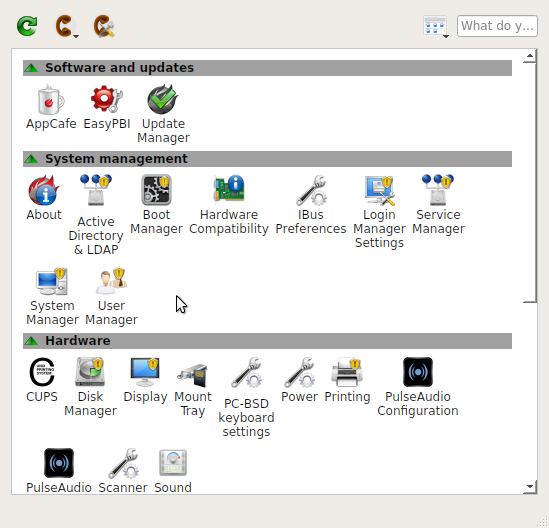
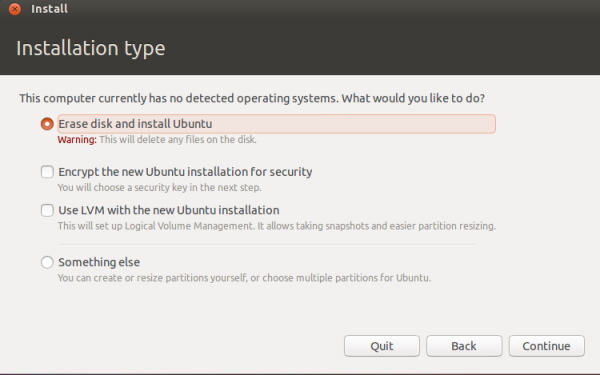
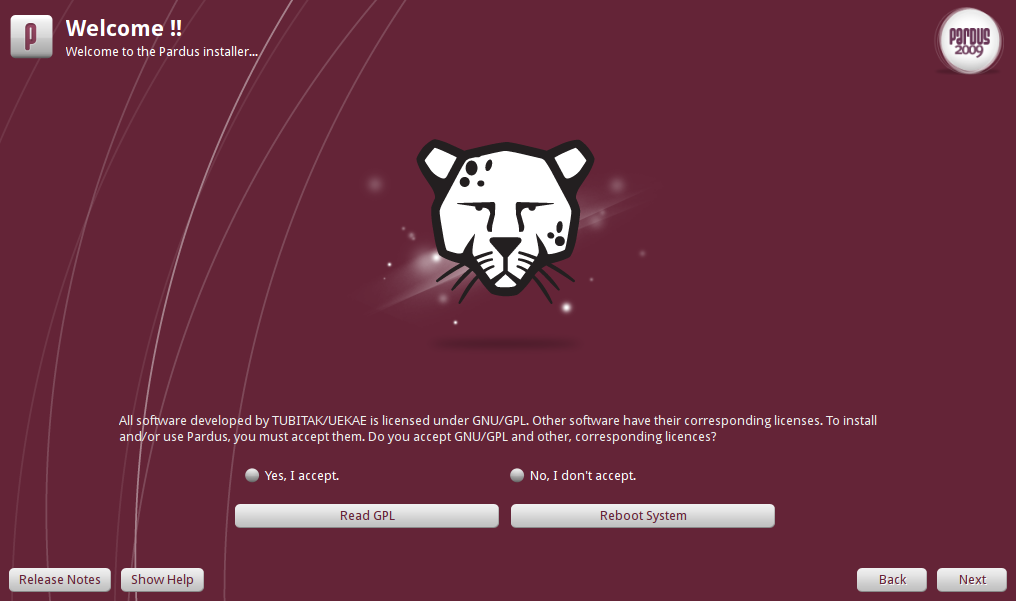
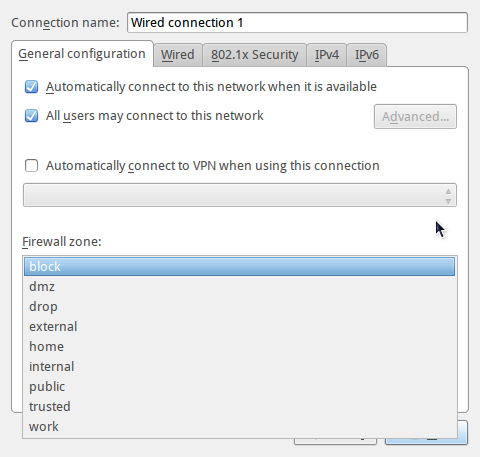
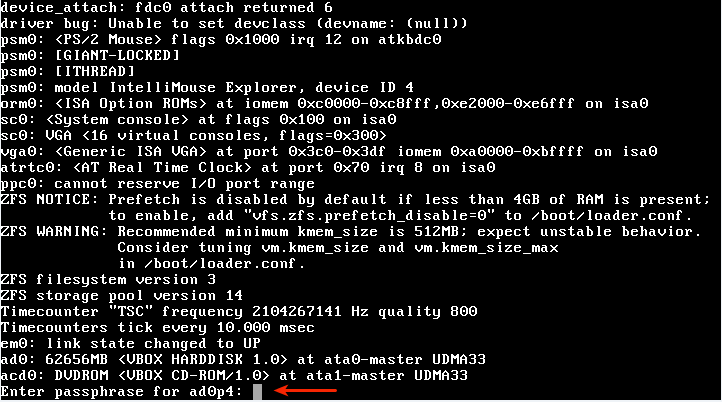


Here it is almost 2018…and TrueOS still isn’t ready…and Cinnamon on TrueOS is still horrible. Lumina, to me, is an abomination. Forget TrueOS, just go with a straight of FreeBSD install with XFCE or Mate and you’ll save yourself many headaches.
What you are seeing is the current state of the porting process for GNOME3/Cinnamon to FreeBSD — it is not complete yet.
PC-BSD simply provides users with access to everything in the FreeBSD ports tree, and does not distinguish/modify any of the DE’s or WM’s (except for the Lumina desktop – but even that has a level of separation from PC-BSD itself).
I think there’s needs to be an effort to improve the out-of-box experience.
In the past I have tried to use PC-BSD but it was buggy, way to buggy.
As a ‘distro-hopper’ Ive tried too many distros to count. PC-BSD was not a keeper in my book…
Keep an eye on it, because by the time version 11 comes rolling, it will be just as good as any Linux distribution, and in some respects, even better. 5 awesome security features to expect in PC-BSD 10.1.2
I don’t think there’s any doubt that if you are looking for a desktop operating system it is better to go with a Linux distribution. There doesn’t seem to be any advantage to PC-BSD. This does not negate the existence of a fan base for PC-BSD but it’s hard to imagine that such a choice is based on technical merit rather than some psychological motivation.
Not saying that Linux hasn’t some advantages but FreeBSD/PC-BSD sure has some technical merit that could entice someone in choosing it has it’s desktop OS. ZFS, Jails, Boot Environments, Excellent Documentation, etc…
Take a peek, and you could be surprised at what you find under the hood.
Fully agree. That’s 13 years I have had used Linux as my main OS. I would say that BSD is at Linux what Linux is at Windows. Linux is said to be: “you have all the possible choices and that’s freedom, yeah !”. I would correct by: “Linux offers all choices but not a default robust stream”. I am migrating to PC-BSD for my desktop after having tested FreeBSD on servers. ZFS, Jails, documentation are awesome. In Linux, browsers like Firefox or Opera consumes all my 16 Gb RAM. At least, on BSD, they will be in a jail with quota. My only problem is a very slow migration process to copy my data from ext4 via ext4fuse to my ZFS file system.
But unfortunately, I am in a nightmare with PC-BSD too:
– rsync does not work correctly from ext4 partitions mounted with ext4fuse
– USB drives badly supported
– printers lost after reboot
– softwares installed from ports lost after reboots
– Linux jails are not what I have expected
– Too hard to find workarounds for applications I need
I don’t want to spend hundreds of hours to learn like I did with Gentoo. I just want something to work with.
After discussions with coworkers, I move to Debian. Coming back to Linux when PC-BSD does not support correctly ext partitions is awful. I will never try again a BSD without such support.
PC-BSD doesn’t have one thing that Linux does which is exactly why I made the switch and will put up with the warts. Systemd (svchost.exe lives). Linux is becoming windows lite and I really do prefer the more pure UNIX roots.
Ack can’t edit. Meant to say PC-BSD is definitely raw on the desktop but still maintains its UNIX roots. Linux is going down the windows rabbit hole at this point.
😀 Seriously what a lame experience. It seems like the guys who develop this package never even tested ANY of it :DDD
I am a FreeBSD user, and by installing everything manually or with a custom installer script (made by me, of course) I’ve never had any serious problems. The reason is that when I install Linux-spesific ports of desktop software, I always use _minimal_ feature set from official package repo.
To me it seems that this Cinnamon packages was automatically built with all extra features (compile time options) that haven’t been tested on the spesific version of FreeBSD this distro is running as it’s base.
Oh yeah, nobody will fix the EFI boot bugs unless you capture loader/kernel error output from serial port. If an EFI boot fails, errors go to serial port, and only those errors are meaningful to the guys who develop the EFI stuff. This is why I haven’t participated in the EFI effort yet. Too much hassle, I got other *BSD software projects to worry about 😉